Carl Hilding Severinsen
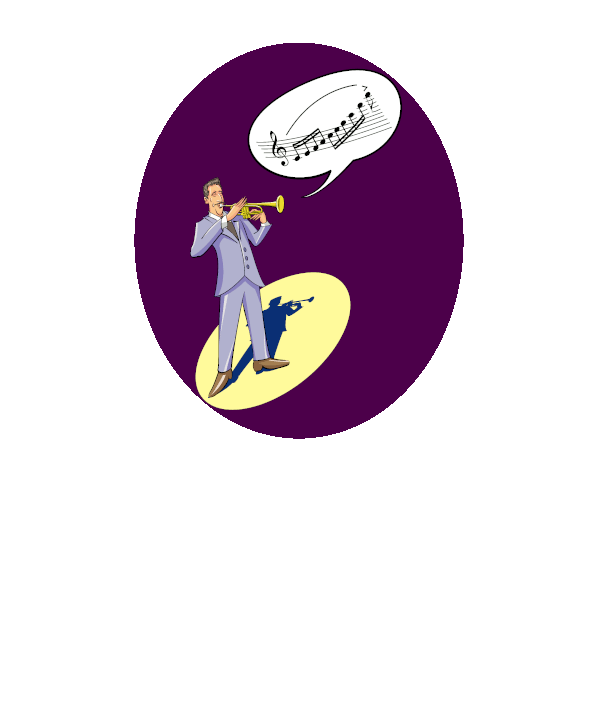
(Click on the image to zoom in.)
There's always one question when considering the trumpet playing of Doc Severinsen. Just who does the greatest trumpet player in the world think is the greatest trumpet player in the world?
Well, definitely we know who Doc thought were some of the best trumpet players in the world. Harry James was one. Fellow Tonight Show orchestra member, Clark Terry was another. And he might even mention Snooky Young, also a member of the NBC Orchestra.
There's ...
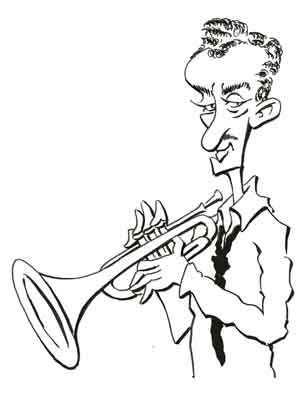
... Harry James ...
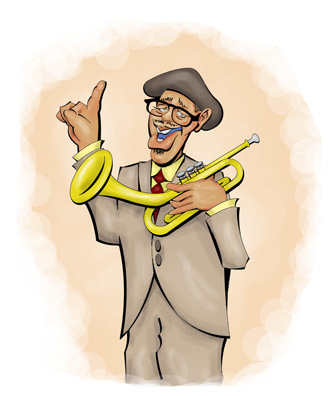
... Dizzy ...
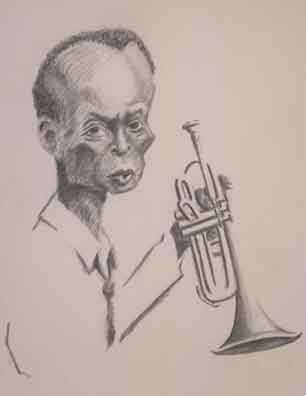
... Miles ...
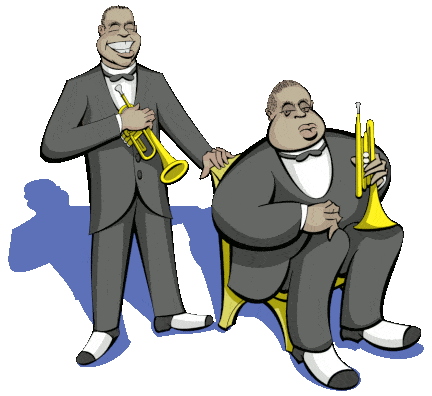
... King Oliver (and friend) ...

... Chet ...
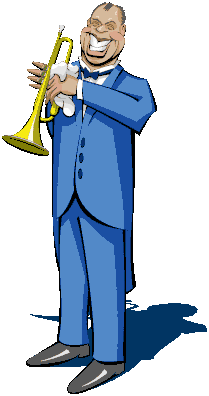
... Louie ...
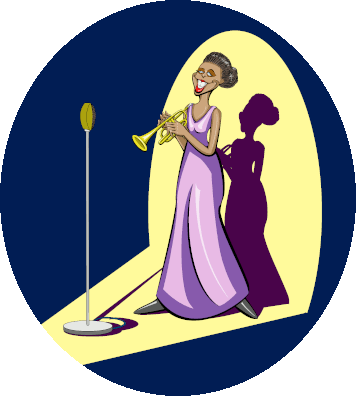
... and Valaida.
Then of course in the various "Greatest Trumpet Players" list around you have Maynard Ferguson, Dizzy Gillespie, Miles Davis, King Oliver, Chet Baker, Wynton Marsalis, and Louis Armstrong. Although the list may seem a bit top heavy with men, that's because traditionally more men choose the trumpet than do the ladies. But there are certainly no lack of virtuosi women trumpetists like Marie Speziale, Bria Skonberg, Tine Thing Helseth, and Alison Balsom. And we can't omit Valaida "Little Louie" Snow. And professor of trumpet at the University of Tennessee is Dr. Cathy Leach. She's also married to a trumpet player. Can't remember his name.
Doc is known for his powerful tone and screaming high notes. However, even he admits that hitting the double high C, , (concert B♭6, ) is a challenge and often he has to work up to it. A couple of times on the Tonight Show Johnny Carson asked him to hit the note. Although Doc bemoaned that he was being asked almost the impossible, Doc reached the double C.1
Footnote
A common story amongst brass students is that a famous musician was asleep following a gig. Then some of his fans were wondering just how high a note he could play off the cuff. So they went to the hotel room, woke him up, shoved his horn into his hand, and demanded he it a double high C (or B♭). Half-asleep he put the horn to his lips and blew the perfect note and then immediately went back to bed.
The problem with the story is not only does the instrument vary - sometimes it's a trumpet; at other times it's a trombone - but the identity of the virutoso seems to change with the telling.
Doc was born in Oregon in 1927 to a musical family. Initially interested in the trombone, he began playing trumpet at age 7. His progress was remarkable and by age 14 he was able to ask for a job playing with Tommy Dorsey. That seems awfully young, but at that time teenagers had not yet become a definitive pre-adult subculture, and there were traditionalists who felt that at age 14 a "man" should be out and working for a living. Musicians were also not necessarily expected to have conservatory training or jazz musicians holding degrees from the University of North Texas. But Tommy decided Doc was too young for a touring orchestra and it wasn't until after the War that Doc began performing with the big name bands like Benny Goodman and yes, Tommy Dorsey.
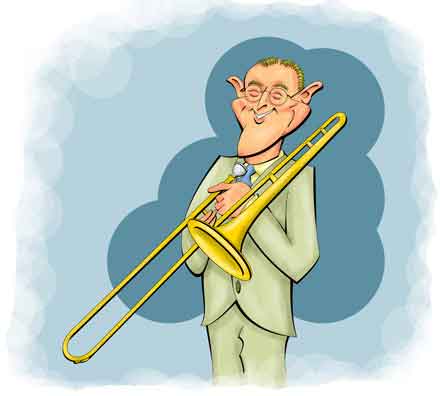
Tommy Dorsey
However, after less than a year with Tommy, Doc, now married and with kids, decided to move to New York where he could find work requiring less travel. Although the recording industry was well-entrenched as a necessary part of American life, most TV and radio shows still used live music, and as soon as he reached in New York, Doc was hired as a staff musician for NBC. From 1954 to 1955 he was a regular on the Tonight Show hosted by Steve Allen, and when Johnny Carson took over the presenter's duty in 1962, Doc became the assistant conductor to Skitch Henderson.
Skitch began to feel that despite the security and good pay of the show, he wanted to move into conducting symphonic and pop orchestras. So he left the show in 1966 and Doc became the Tonight Show band leader. Among the orchestras led by Skitch's baton was the Tulsa Philharmonic.
Of course, Doc appeared in concerts, at clubs, and - where he was particularly popular - at conventions of music educators and at high school and college music clinics. He would even play at short notice - probably not accepting a fee - at a halftime football show. To play with Doc was quite an experience for high school and college students. Doc would show up for one rehearsal. He'd play through a couple of tunes and by the second run-through he'd have his part memorized and supplemented with any added improvisations he might chose. Doc could easily be heard above a 200 piece marching band.

Johnny Carson
Doc's tenure on the Tonight Show lasted until 1992 when Johnny left the show. Of course Doc kept performing and he also became the conductor for the pop concerts of the Phoenix Orchestra. As of this writing, Doc is alive and well and continued playing into his nineties.
When Doc first appeared on the Tonight Show, he dressed in the conservative business suits then typical for jazz musicians of the time. But as the Swinging 60's moved in he began sporting psychedelic flower power colors with suits with a mod cut. Such colorful costumes were often adopted by other trumpet players, including Frank Assunto who led the popular Dukes of Dixieland. In his later years Frank would appear on stage in what he would call his "a-hunting-we-will-go" outfit. As the "hippie" era faded, Doc returned to more conservative outfits.
There was a lot of joking between the show's cast and staff. Doc would sometimes stand in as announcer when Ed McMahon was away and he would turn the musical duties over to saxophonist and arranger Tommy Newson. Despite his placid demeanor. Tommy - "Mr. Thunderbolt" as Johnny would humorously call him - had the ability make a brief comment that would bring out more laughter than any of Johnny's monologue jokes which, truth to tell, regularly fell flat.
On the Tonight Show there was often a short sketch before the guests appeared: perhaps Carnac the Magnificent or Tea Time Movie with Art Fern. But sometimes the skits were simply Johnny reading an article on some topic. After Johnny finished, Ed would then add:
It's amazing that in that article, everything, that's EVERYTHING that you EVER WANTED TO KNOW about the topic is right there. Absolutely EVERYTHING IS THERE with NOTHING AT ALL left out!
Johnny would respond with a remark like "Wrong again, beer-barrel breath!" and then read some made up scenarios provided by the writers.
Ed's response added a lot to the humor of the sketch. Once when Doc stood in, he answered in kind and once his enthusiastic reply to the introduction prompted a comment from Johnny.
"Well, Ed can't play the trumpet, either."
References and Further Reading
"Doc Severinsen - Trumpet", Richard Cooks's Encyclopedia of Jazz, Richard Cook, Penguin Books, 2005.
"Doc Severinsen (Carl Hilding)", Biographical Encyclopedia of Jazz, Leonard Feather and Ira Gitler, Oxford University Press, 1999.
"Doc Severinsen Recalls High Notes, Low Notes and Everything in Between", Dave Itzkoff, The New York Times, March 28, 2021.
"Doc Severinsen", Internet Movie Data Base.